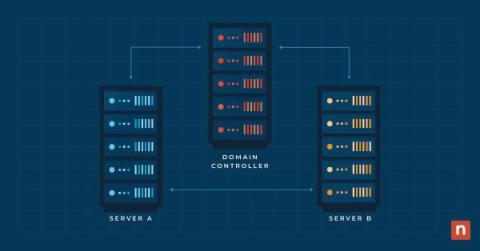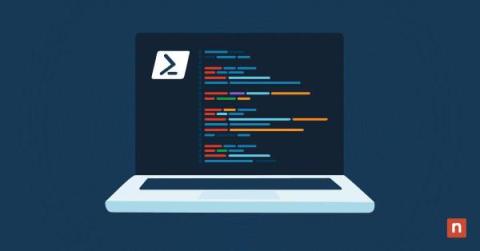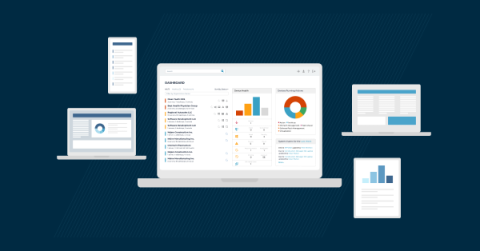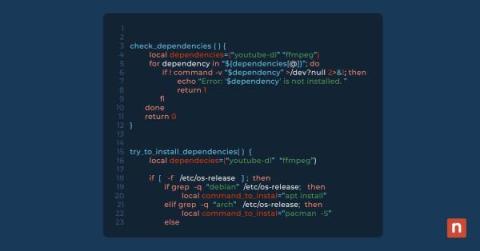50 Essential Shadow IT Statistics for 2024
From reducing risk to optimizing efficiency, your organization has many compelling reasons to enforce policies and procedures. But what happens when a policy hinders productivity more than it helps, causing employees to skirt the rules? For IT departments, this ever-present dilemma is called shadow IT. As cybersecurity risks rise in 2024, it’s more relevant than ever. Before we get into our list of shadow IT statistics, let’s review the basics.










